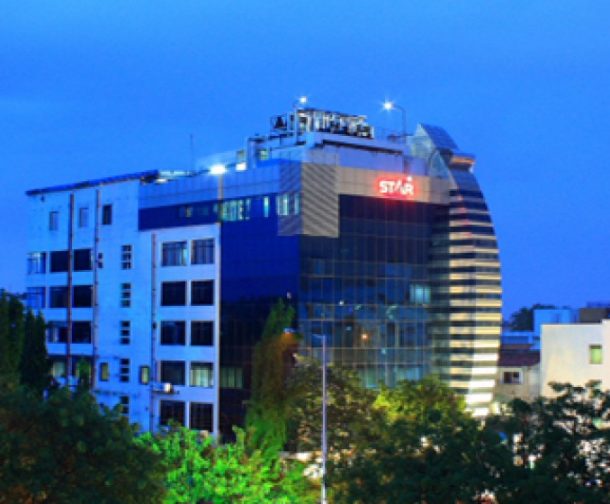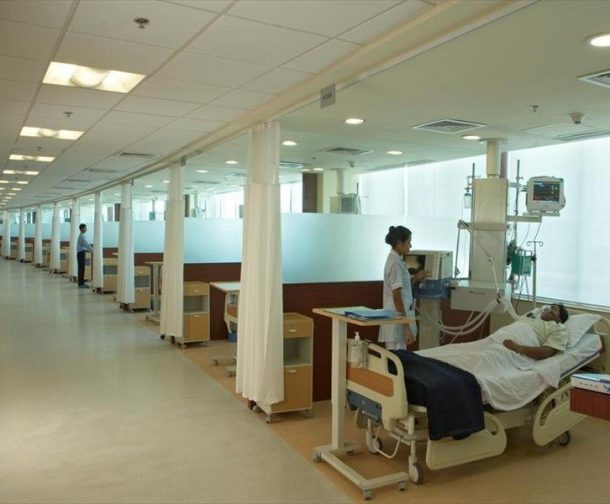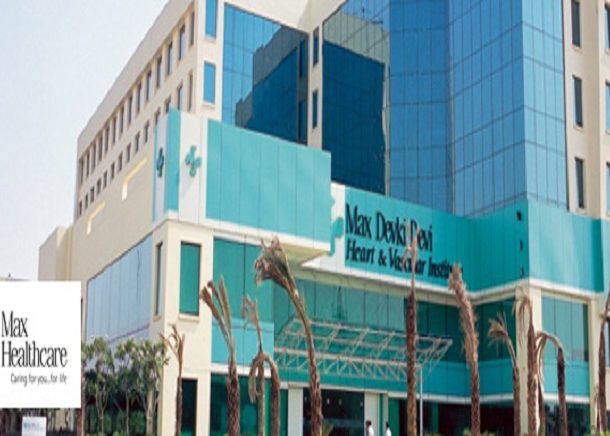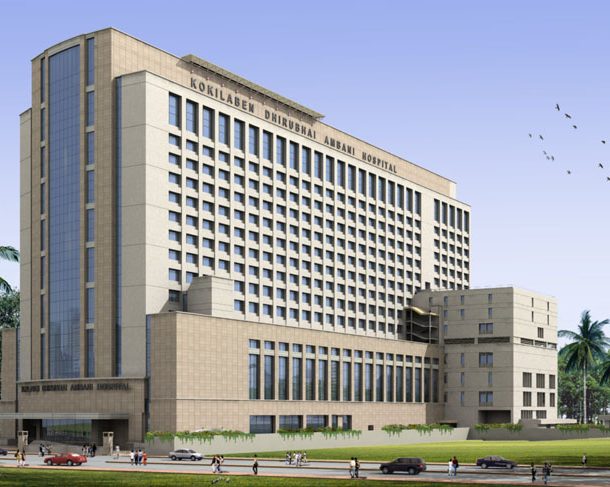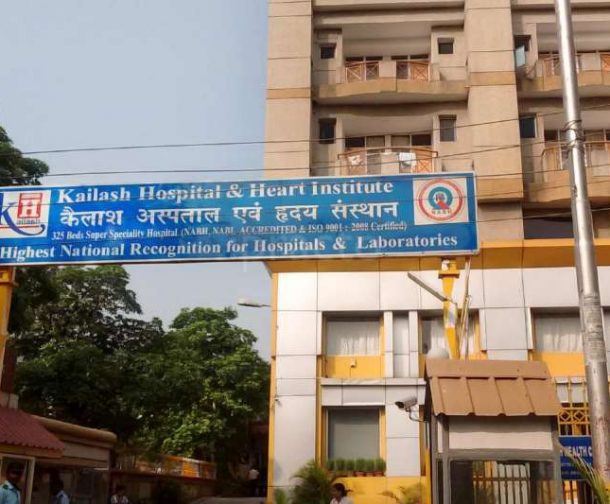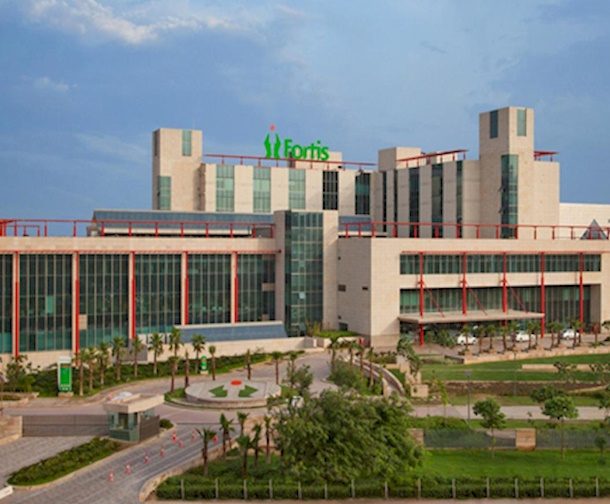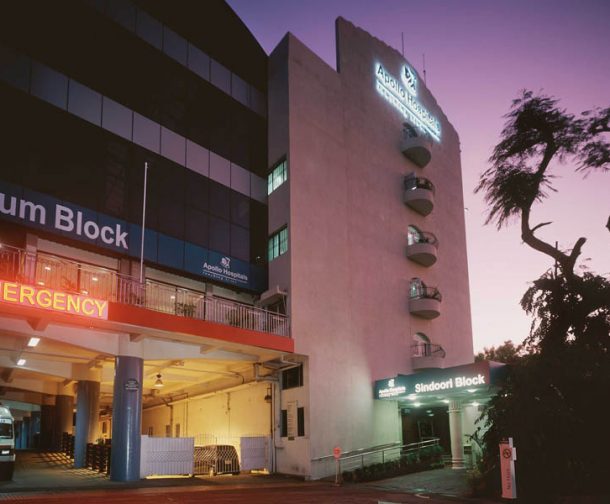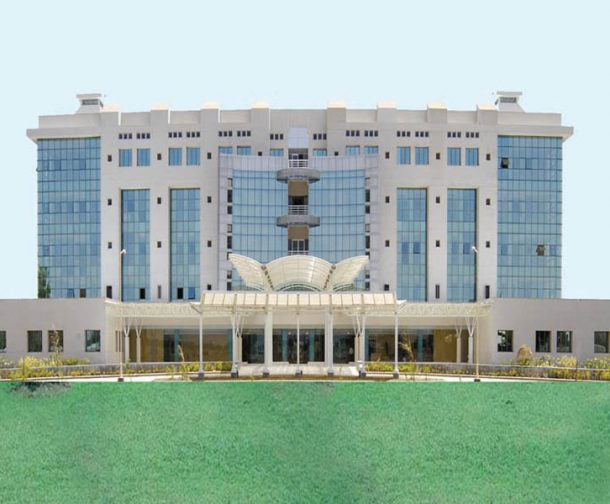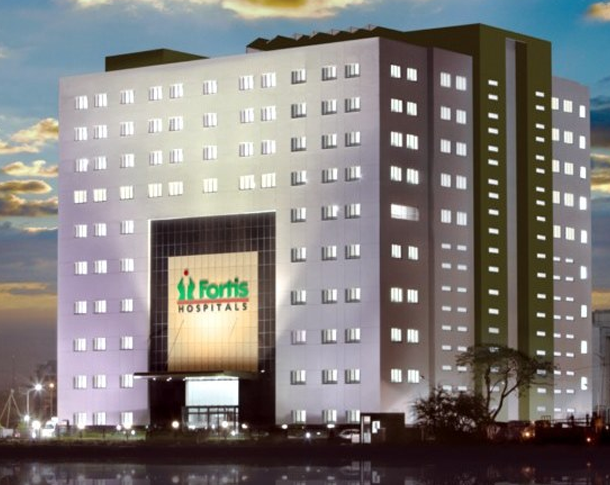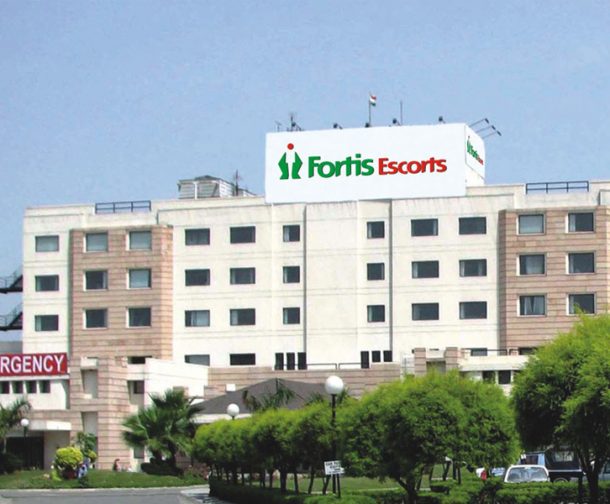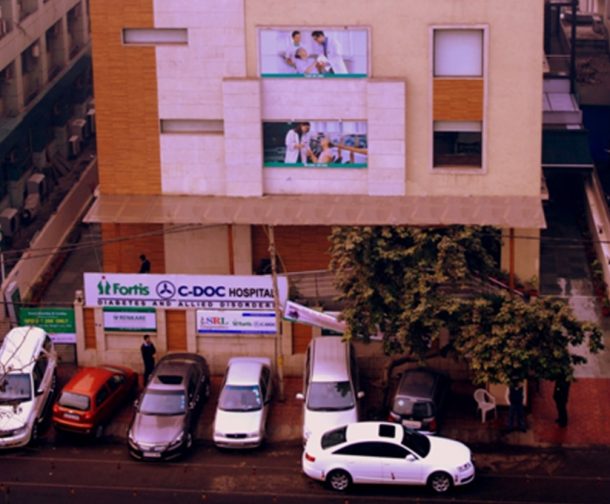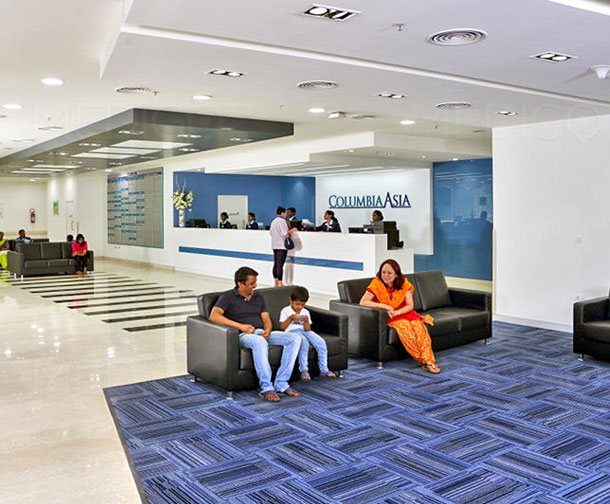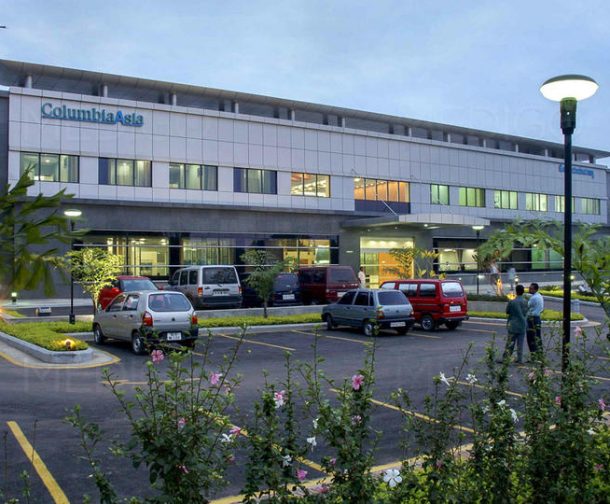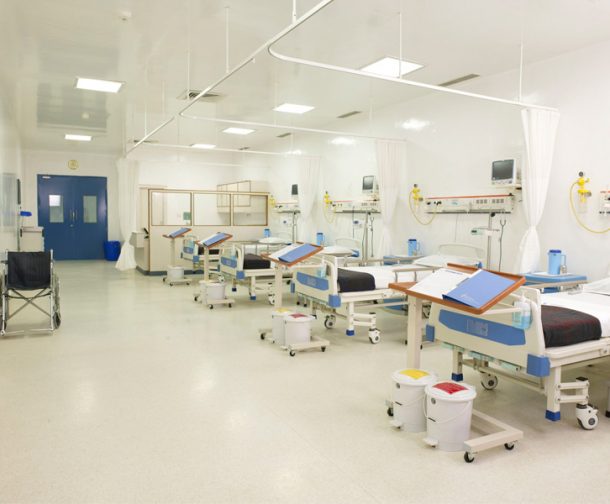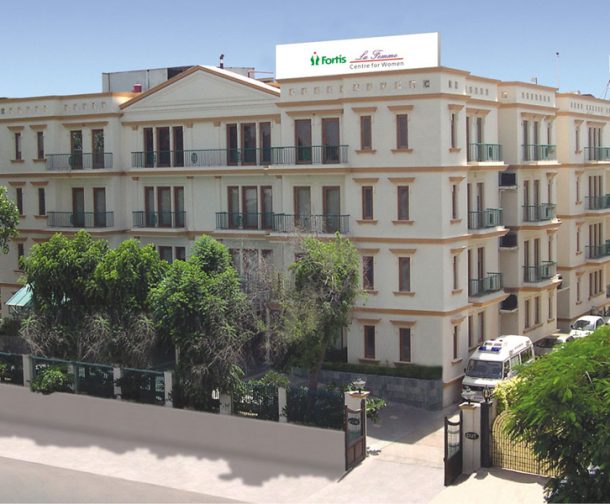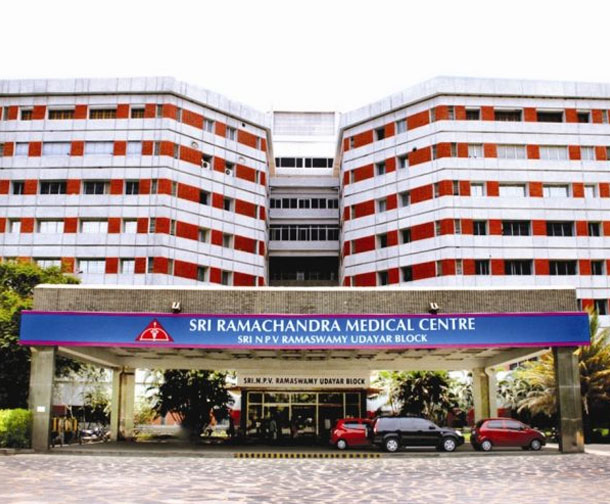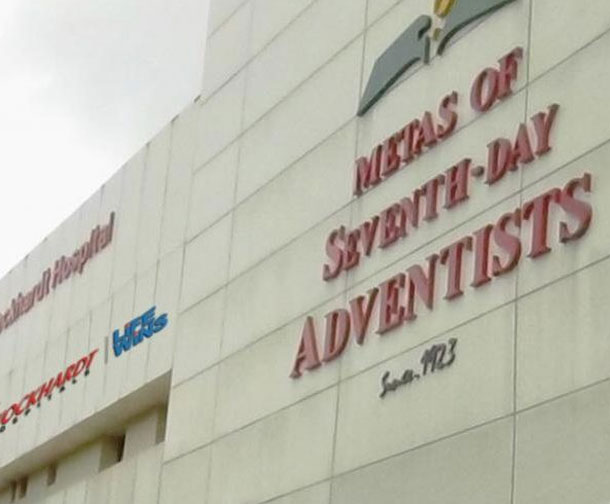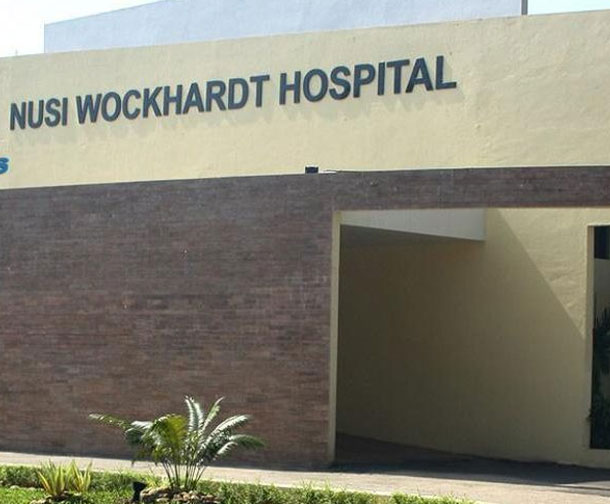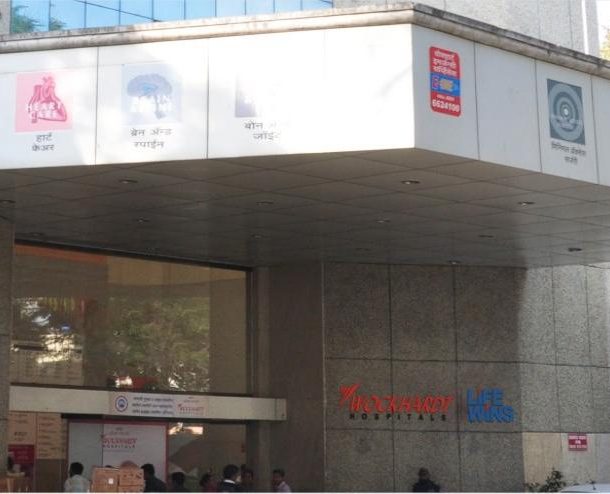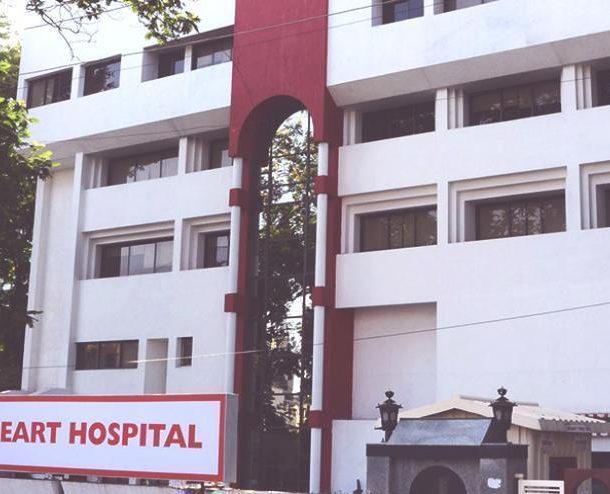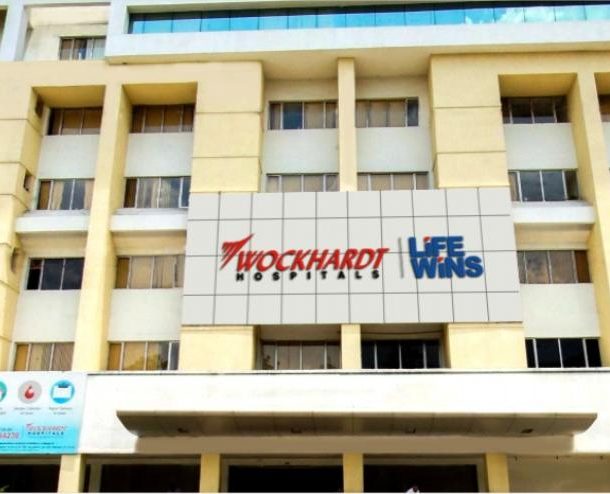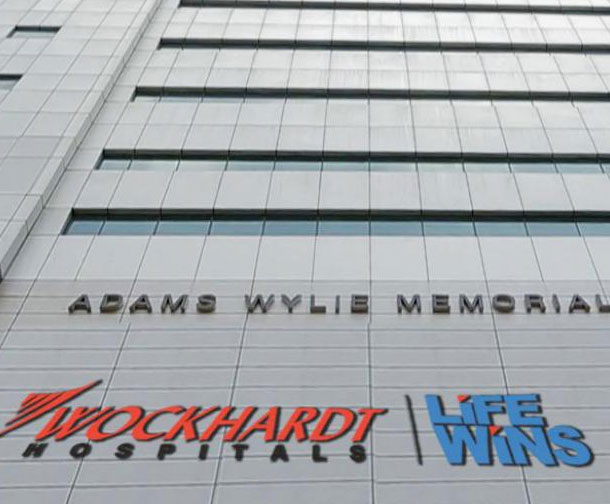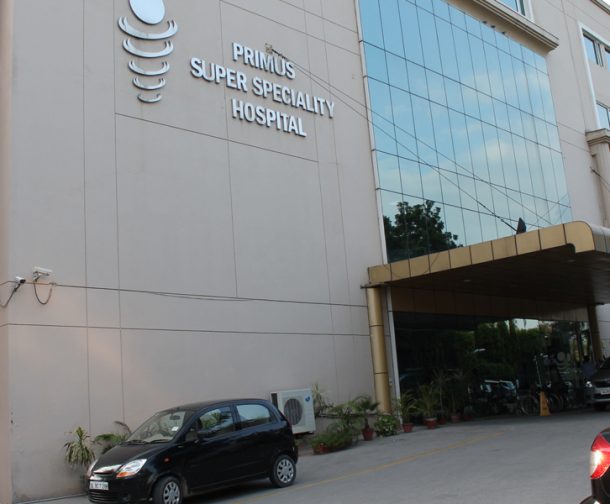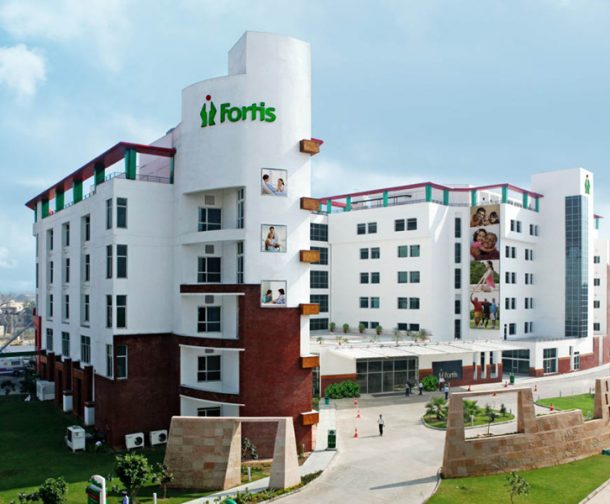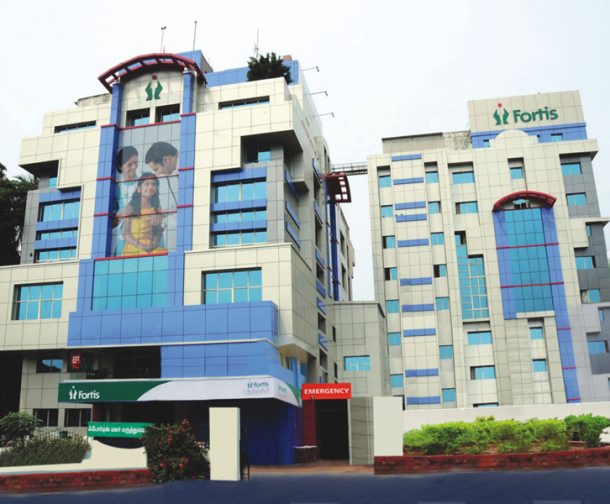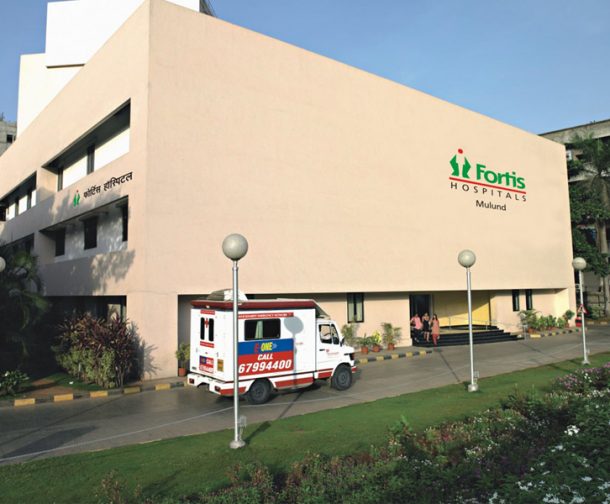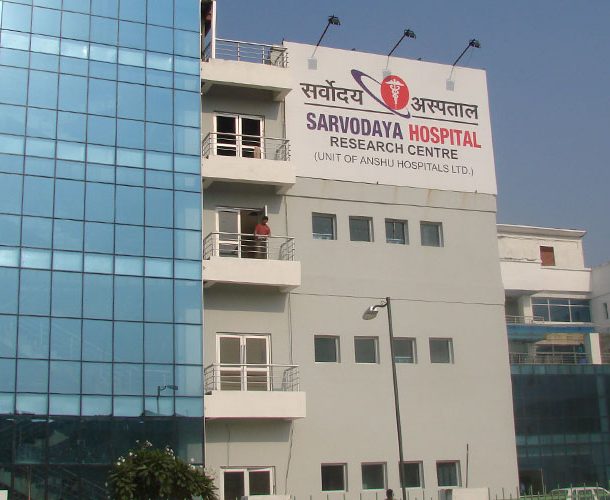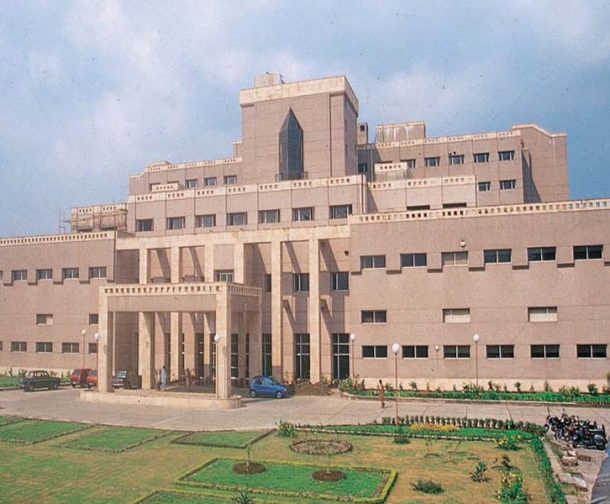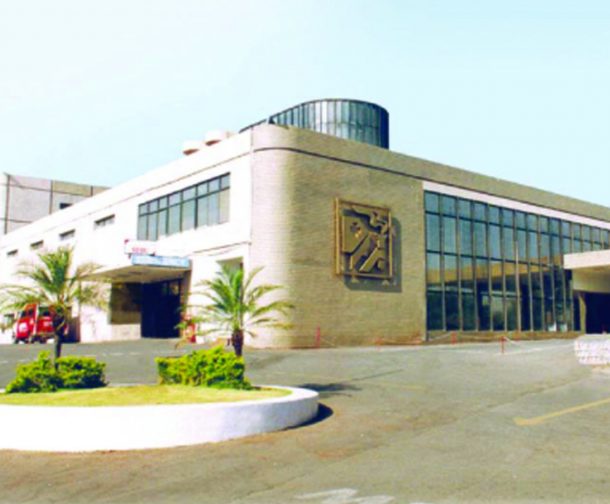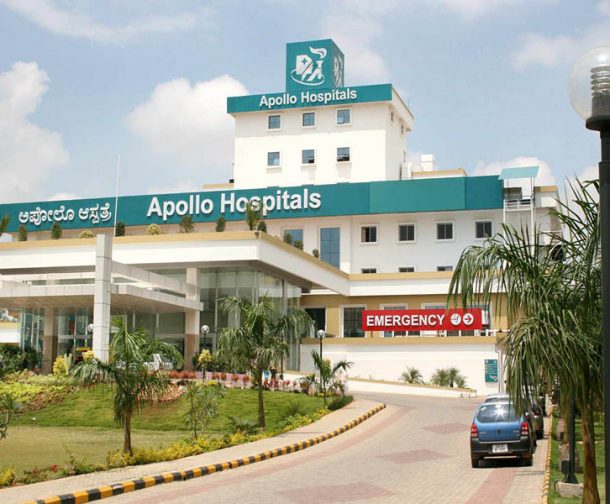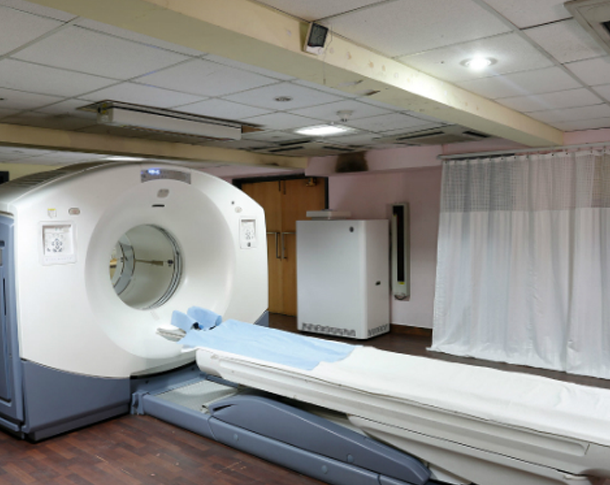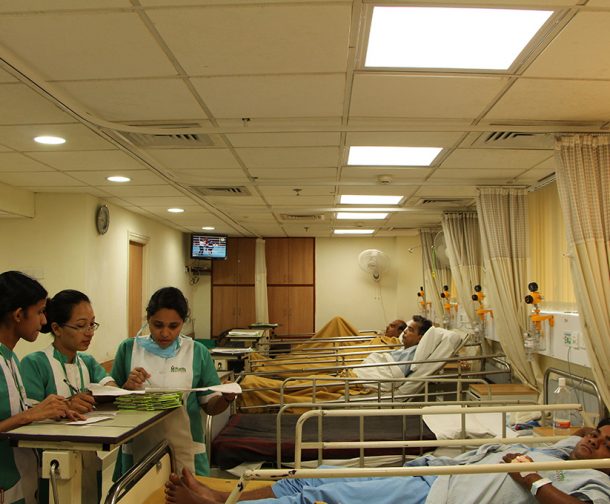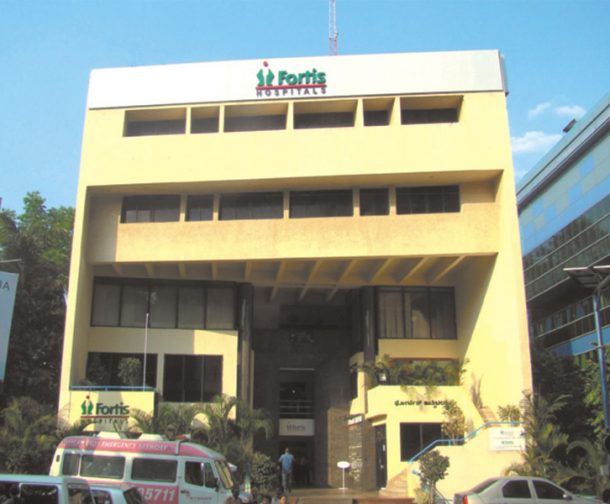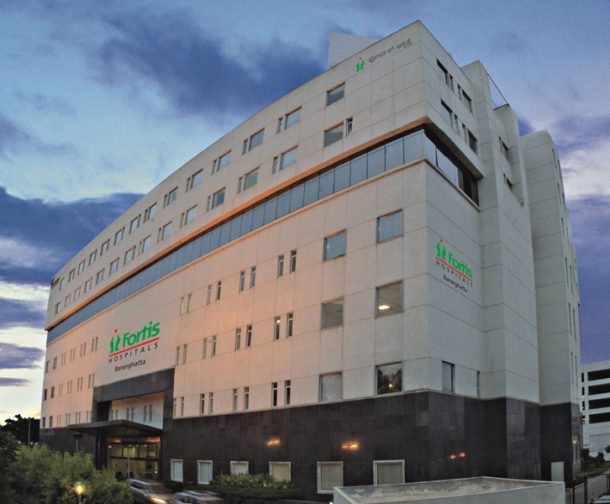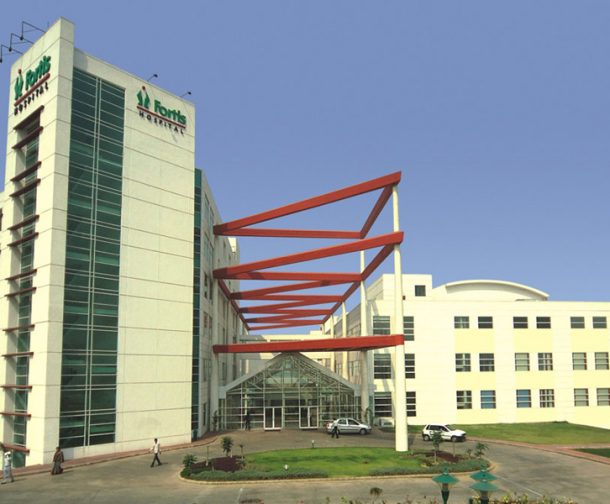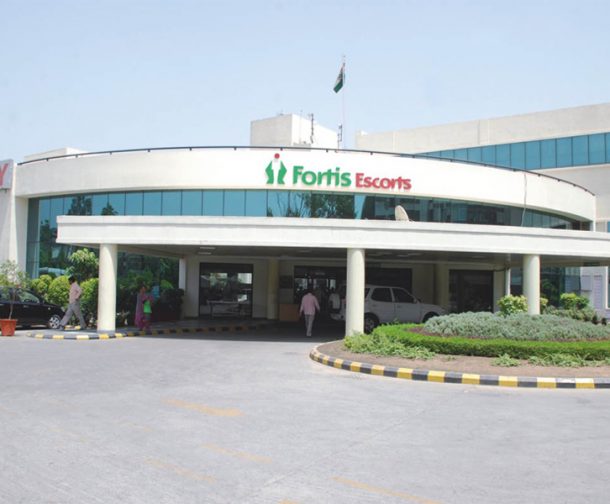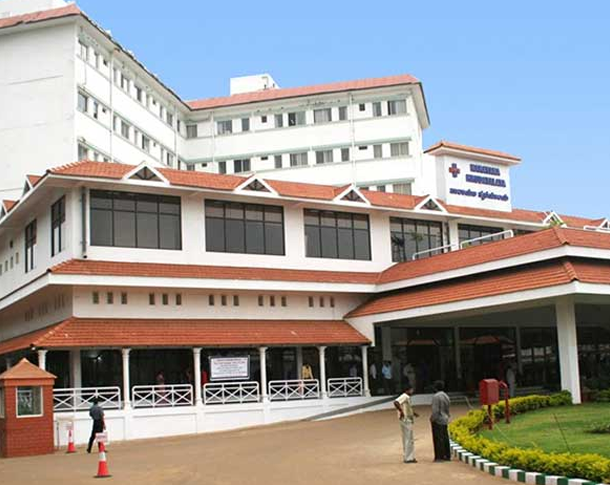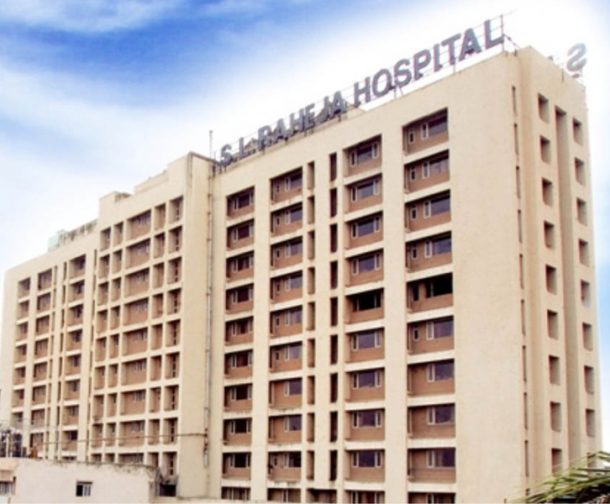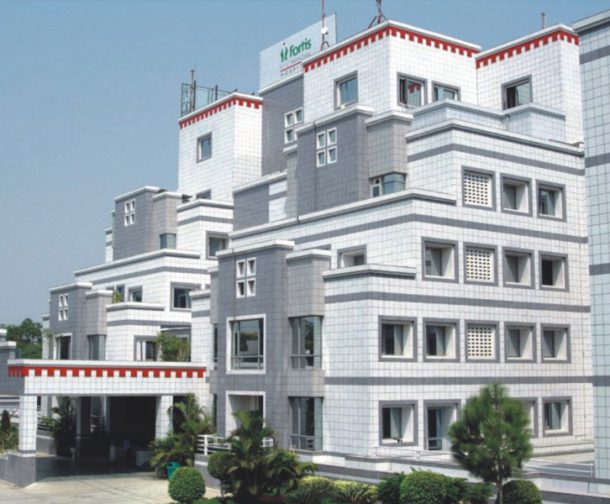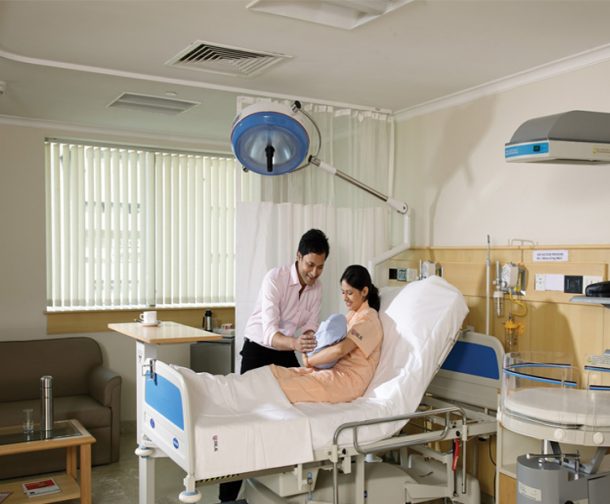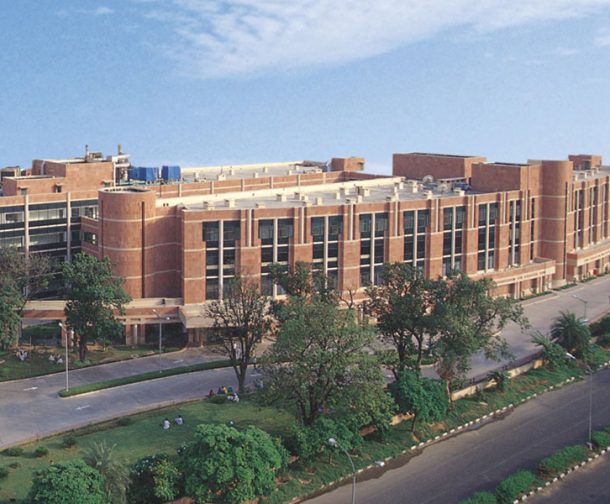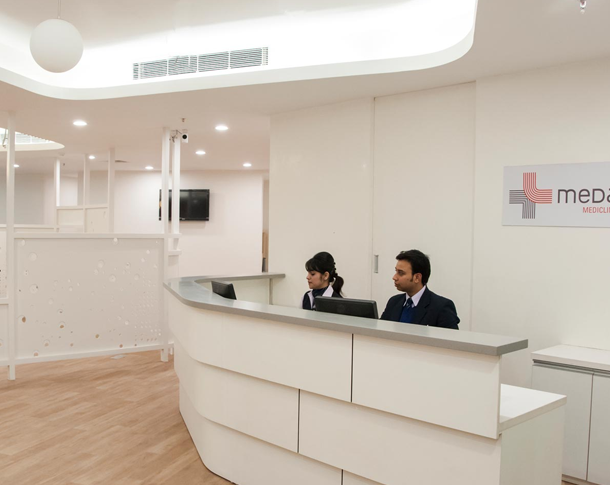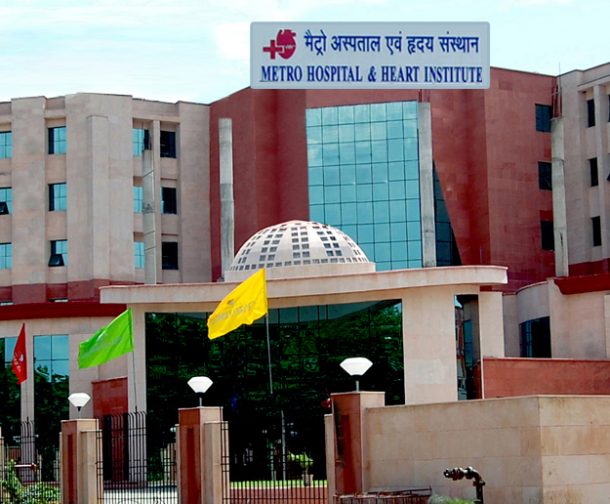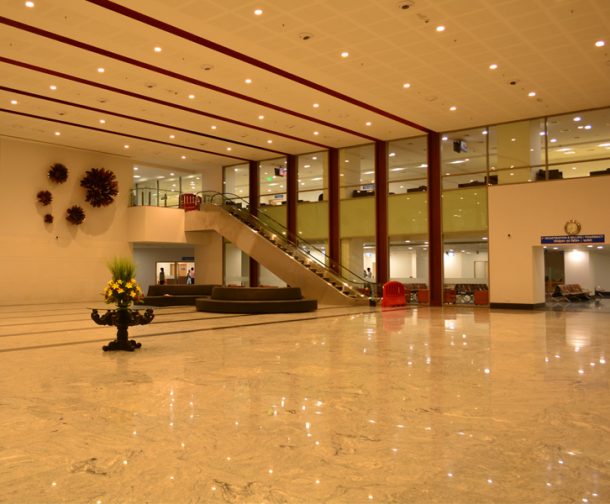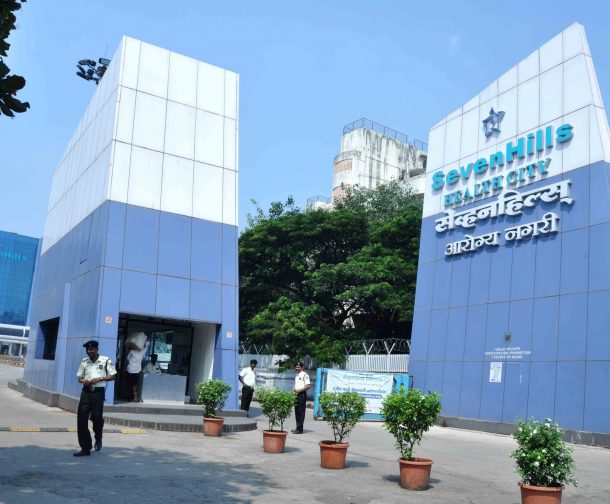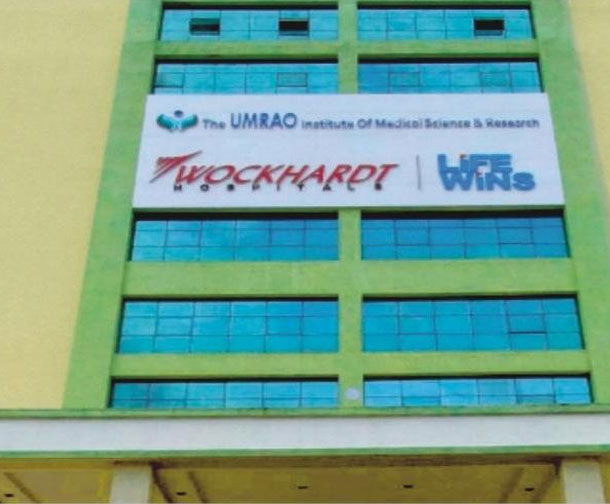
Cardiology
Cardiology deals with diseases of the heart. According to WHO, around 17.3 million deaths occur per year due to conditions related to the heart. The reasons for its high prevalence include sedentary lifestyle, lack of exercise, unhealthy eating habits, lack of proper sleep, and stress. With such a massive global burden, there is a greater requirement for good hospitals and well-experienced doctors.
Indian hospitals are considered as the destination points for cardiac care. The cardiac care in India is exemplary because, the hospitals are JCI, and NABH certified, the costs of the procedures are affordable and comparatively low, there is well-qualified team of doctors, with the excellent infrastructure. All the common cardiology procedures are available in India, including angioplasty, stent placement, bypass surgery, and valve replacements.
One of the main reasons why Indian hospitals are considered as a hub for cardiac care is cost. Cardiology procedures such as heart valve replacement costs $170,000 in the United States, whereas, $9,500 in India. The most common procedure performed for heart blockage is bypass surgery. The bypass surgery in India costs $7,900 whereas in the United States it costs $123,000. There is a clear-cut cost advantage of getting a heart surgery done in India.
Procedures of Cardiology
Angiography (Including Non-Ionic Contrast)
Angiography is an imaging procedure performed to visualize the inside of the blood vessels and other organs of the body, mainly to view the arteries, veins, and the heart chambers. This procedure is performed with a non-ionic contrast medium.
Angioplasty (Including Non-Ionic Contrast)
Angioplasty is a surgical procedure performed to unblock the narrowed blood vessels mainly the coronary artery. It is performed with a non-ionic contrast. The balloon angioplasty uses a balloon to unblock the obstruction whereas a stent angioplasty facilitates placement of a metal stent at the site of obstruction.
ASD Closure / Repair (Adult)
Atrial septal defect (ASD) is a hole in the septum of the heart muscle, it is a common congenital cardiac anomaly. ASD closure is a procedure performed to close the ASD. A catheter is passed through a blood vessel up to the heart; the closure device is threaded into the ASD. This repairs the hole.
ASD Heart Port Surgery
ASD heart port surgery is performed to treat atrial septal defects. A small opening in the right chest is made to access the heart, while the body is connected to the heart-lung machine by the tubes inserted in the vessels of the groin.
AVR/MVR
Aortic valve replacement (AVR) is a type of open-heart surgery performed to treat the abnormalities in the aortic valve; an artificial valve replaces the deceased aortic valve. Mitral valve replacement (MVR) is performed to replace the abnormal mitral valve with a mechanical valve.
Balloon aortic valvuloplasty
Balloon aortic valvuloplasty is performed to widen the heart valves that are blocked or narrowed. A thin flexible tube is inserted through the artery in the arm or the groin. A balloon is then inflated to widen up the valve opening. This procedure is performed under local anesthesia.
Bentall Procedure
A Bentall procedure involves composite graft replacement of the aortic valve, ascending aorta, and aortic root along with the re-implantation of the coronary arteries into the grafts.
BT shunt
The Blalock-Thomas-Taussig shunt is a surgical procedure that increases the pulmonary blood flow for palliation in duct dependent cyanotic heart defects. It is a temporary procedure performed, until the child is ready for the surgery to fix the anatomical defect.
CABG
Coronary artery bypass graft (CABG) is a surgical procedure performed to re-establish sufficient blood flow to deliver oxygen and the required nutrients to the heart muscle. The bypass graft is harvested from the inner chest wall artery or a vein from the leg.
CABG – Redo
CABG – Redo is a more complicated procedure than the primary CABG. This procedure is ideal for the patients who are older, with more comorbid conditions and with more sclerotic coronary and noncardiac arteries compared to the primary CABG.
CABG + AVR/MVR
CABG and AVR/MVR is performed by replacing the diseased valve and by providing a detour or a bypass around the blocked part or narrowed part of the coronary artery.
CABG-High Risk
CABG – High risk is a surgical procedure that involves removal of a part of the vein or artery from other areas of the body, which are free of blockage, and inserting the same to reroute the blood and bypass the blockage of vessels of the heart. this procedure is usually performed in high-risk patients.
CABG+ASD/VSD Closure
Coronary artery bypass graft is a procedure performed to re-establish the oxygen and nutrient supply to the heart muscle, which is followed by ASD/VSD closure (atrial septal defect closure or ventricular septal defect closure) the surgery is performed to close the atrial septal defect or ventricular septal by surgical procedures.
Cabrol Procedure
Cabrol procedure involves the replacement of ascending aorta with a composite graft and direct reimplantation of coronary arteries into an interposition graft. This procedure is reserved in case of failure of button or Bentall techniques.
Closed Heart Surgery
Closed heart surgery is performed to repair the problems in the major blood vessels such as aorta or pulmonary arteries. Closed-heart surgeries commonly include vascular ring division, pulmonary artery repair, and shunt procedures.
Coarctoplasty
Coarctoplasty is the treatment of narrowing of the aorta in adults. It is performed by implantation of a self-expandable stent. In balloon coarctoplasty, pre-dilatation is done, and nitinol stents which are self-expandable are embedded using a balloon.
Complex CABG - Pump On/Off
Complex CABG-pump off technique is also called as off-pump technique. It is similar to the conventional CABG procedure. An On or off-pump CABG is mainly a balance of bloodless surgical field. Off-pump CABG is preferred in the treatment of aortic disease precluding bypass.
Double valve replacement
Double valve replacement is performed under general anesthesia. This procedure involves replacement of both, the aortic valve and mitral valve of the heart. It is performed in patients with congenital valve defect or acquired disease of the heart valve.
EPS & RFA
EPS (electrophysiology study) is performed by introducing electrodes into the heart; the electrodes record the abnormalities in the heart rhythm and conduction. RFA (radiofrequency catheter ablation) is used for the delivery of radiofrequency electrical energy to produce superficial burns to eliminate the abnormal focus.
Fontan
Fontan procedure is a surgical technique that is performed in the pediatric patients with single ventricles in the heart. It involves the diversion of venous blood from inferior vena cava (IVC) and superior vena cava (SVC) to the pulmonary arteries.
Heart port surgery
The heart port surgery or the minimally invasive heart surgery is performed by making a small incision unlike with a traditional open heart surgery. The incision is made between the ribs, on the side of the chest to access the heart. The types of heart port surgery include minimally invasive direct coronary artery bypass, Off-pump coronary artery bypass, Valve repair and replacement, and Lead placement.
ICD Combo Device (Only Surgery)
ICD Combo device is implanted beneath the skin, near to the collarbone or above the waistline. These devices monitor the heart rate, detect the ventricular tachycardia or fibrillation.
Mini Sternotomy + RT Carotid Endarterectomy
Mini-sternotomy is a type of minimally invasive surgery. It involves making an incision that is substantially smaller than the incision made during the open-heart surgery. The surgeon performs certain procedures such as carotid endarterectomy through mini-sternotomy. Carotid endarterectomy is a procedure used to correct stenosis or narrowing of the carotid artery, thus reducing the risk of stroke.
Norwood procedure
The Norwood surgical procedure is used to treat the hypoplastic left heart syndrome. The procedure involves three stages, during the first stage the pulmonary artery is connected to the aorta and the pulmonary artery is then cut off, and a shunt is placed between the pulmonary arteries and aorta. In the second stage, the shunt is disconnected to let the deoxygenated blood enter the lungs without the passage from ventricles. The third stage is Fontan operation.
Pacemaker Implant Double Chamber (Only Surgery)
A pacemaker is an implantable device that treats the abnormalities in the heart rhythms (arrhythmias). Pacemaker implant with double chambers has one lead into the right atrium of the heart, and the other lead in the right bottom chamber of the heart called the ventricle.
Pacemaker Implant Single Chamber (Only Surgery)
A pacemaker that uses single lead is called single chambered pacemaker. It is an implantable device which is used to treat abnormal heart rhythm.
PDA device closure under GA
Patent duct arteriosus (PDA) device closure is a procedure that involves the use of a catheter inserted through a blood vessel up to the heart. A closure device is then threaded through the catheter and is placed into the PDA. The catheter is removed once the device is set in the place.
Pediatric Cardiac Surgery - ASD/VSD/AV Repair, MV Repair/Pediatric TOF
ASD/VSD/AV Repair: Atrial septal defect (ASD), Ventricular septal defect, and atrioventricular (AV) canal defect are the congenital heart defects. ASD/VSD repair involves the closure of the holes in the atrial or the ventricular septa with a patch and reconstructing the common atrioventricular valve. MV Repair: This procedure is used in the patients with mitral regurgitation. The procedure involves removing or reshaping the tissue, patching the holes or tears in the valve, or separating the fused flaps. Pediatric TOF: Pediatric Tetralogy of Fallot (TOF) is a congenital defect that involves four conditions: ventricular septal defect, pulmonary stenosis, right ventricular hypertrophy, and overriding aorta. Surgery is performed to repair TOF so as to improve the blood flow to the lungs. During the procedure, the pulmonary blood vessels are widened, or the pulmonary valves are replaced.
Pediatric Cardiac Surgery - Conduit Repair / ASO/AV Canal
Conduits are envelopes of heart membrane which is supported by stents. This procedure is used in pediatric patients to treat congenital heart diseases. Atrial switch operation is a surgical procedure that switches the arteries to its exact place. Atrioventricular canal defect is treated by a procedure which involves the closure of the hole with one or two patches.
TAPVC
Total Anomalous Pulmonary Venous Connection (TAPVC) is a condition in which the pulmonary veins drain the blood into the right atrium. Open-heart surgery is performed to reconnect the pulmonary veins to the left atrium and to close the atrial septal defect.
VSD Closure / Repair (Adult)
VSD repair is the surgical technique used to treat a septal defect in the heart. A special patch or stitches are placed at the defect site to close the hole. This technique is performed under general anesthesia.

Amazing Facts about Your Heart
- The heart beats 100,000 times a day
- Each minute, the heart pumps 1.5 gallons of blood
- A woman’s average heartbeat is faster than a man’s by 8 beats per minute
- The first heart cell starts to beat as early as 4 weeks
- Heart cancers are very rare, because the heart cells stop dividing early in life
- The Blue Whale has the largest heart; weighing over 1,500 pounds
- The heart is capable of squirting blood at a distance of up to 30 feet
- Most heart attacks occur between 8 a.m to 9 a.m
- The heart weighs between 7-15 ounces, less than approximately 4 medium sized bananas
- Fifteen minutes of laughter a day is important for your heart

